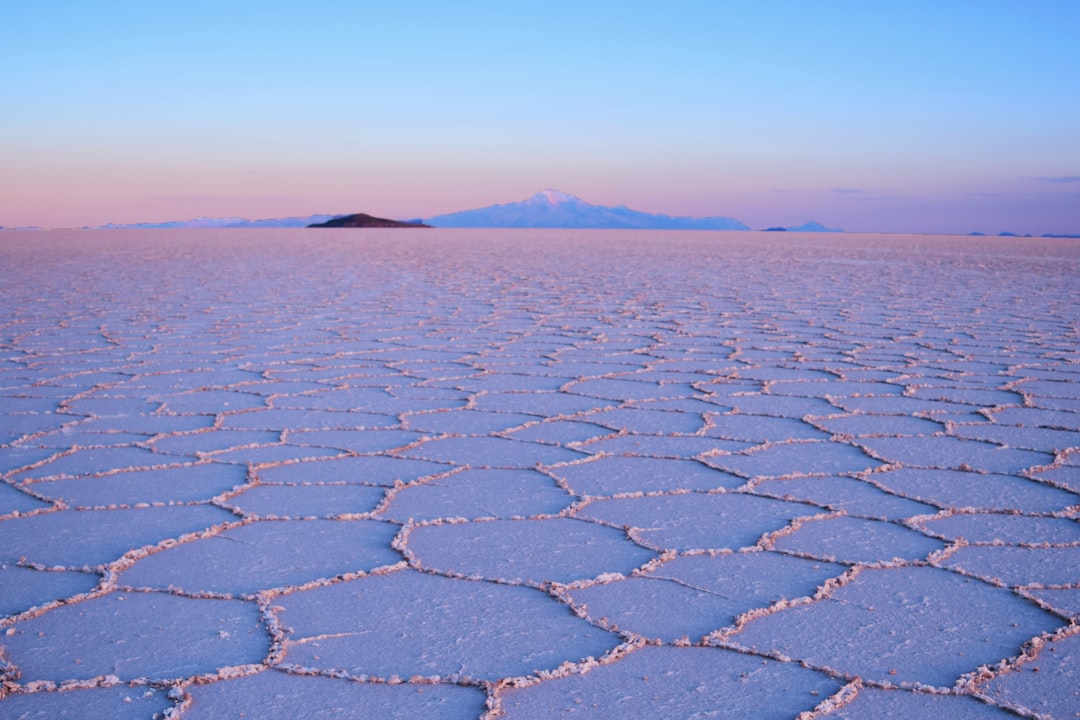What is it about?
Two-dimensional seismic surveys often are conducted along crooked line traverses due to the inaccessibility of rugged terrains, logistical and environmental restrictions, and budget limitations. The crooked-line geometry violates the assumption of a straight-line survey and can give rise to potential pitfalls and artifacts leading to difficulties in imaging and velocity-depth model estimation. A seismic survey with crooked line geometry collects data with variable fold and uneven offset distribution, which, in turn, leads to seismic transparent zones. Irregular distribution of sources and receivers along a crooked profile disperses the midpoint locations from the intended straight-line traverse. The crooked nature of seismic lines not only could defocus and deform reflections but also results in considerable offset-variant time shifts. Also, the ray paths between source and receivers take shortcuts passing around the survey line (behind or in front of the desired imaging plane). We introduced a comprehensive solution for addressing the long-standing imaging challenges caused by the crooked seismic profile.
Featured Image

Photo by Richard Horvath on Unsplash
Why is it important?
We developed a novel and highly effective multifocusing (MF) technology based on a new formulation that accurately describes reflection and diffraction travel times collected by a crooked-line survey. The proposed method is an advanced, cost-effective, and high-definition seismic technology that can resolve ambiguities in geological architecture by understanding the location and continuity of structures. This is a data-driven method and does not require prior knowledge of the subsurface model. This algorithm can accurately extract true dips and remove anomalous dip-dependent velocities, which enable us to focus the primary reflections at their correct location and produce more reliable and high-resolution seismic images that will fast-track discovery and improve well-positioning. This method preserves amplitude and azimuthal information and efficiently projects and extracts valuable 3D structural information. Applying the proposed method to real data improved the image quality significantly compared to the conventional method and focused new reflections that are not visible in the conventional result.
Perspectives
We opened new horizons in the processing of crooked seismic lines by developing a new theoretical ground for applying multifocusing technology. The proposed method will make a breakthrough in imaging complex structures captured by crooked seismic profiles and could help to explore more mineral deposits, oil, and natural gas reservoirs.
Hossein Jodeiri Akbari Fam
Read the Original
This page is a summary of: 2.5D multifocusing imaging of crooked-line seismic surveys, Geophysics, September 2021, Society of Exploration Geophysicists,
DOI: 10.1190/geo2020-0660.1.
You can read the full text:
Resources
Application of 2.5D multifocusing seismic imaging in a crystalline rock environment: Results from Larder Lake area, Ontario, Canada
We present the application of a 2.5D MF imaging workflow to the Larder Lake crooked-line profile in the Abitibi Greenstone Belt, Canada. Also, the performance of the new formulation has been examined on a synthetic model, generated using the same real acquisition geometry.
2.5D multifocusing imaging of crooked-line seismic surveys
We present a 2.5D Multi-focusing reflection travel-time expression, which explicitly takes into account the midpoint dispersion and cross-dip effects. The new formulation corrects normal, in-line, and cross-line dip moveouts simultaneously.
Contributors
The following have contributed to this page










